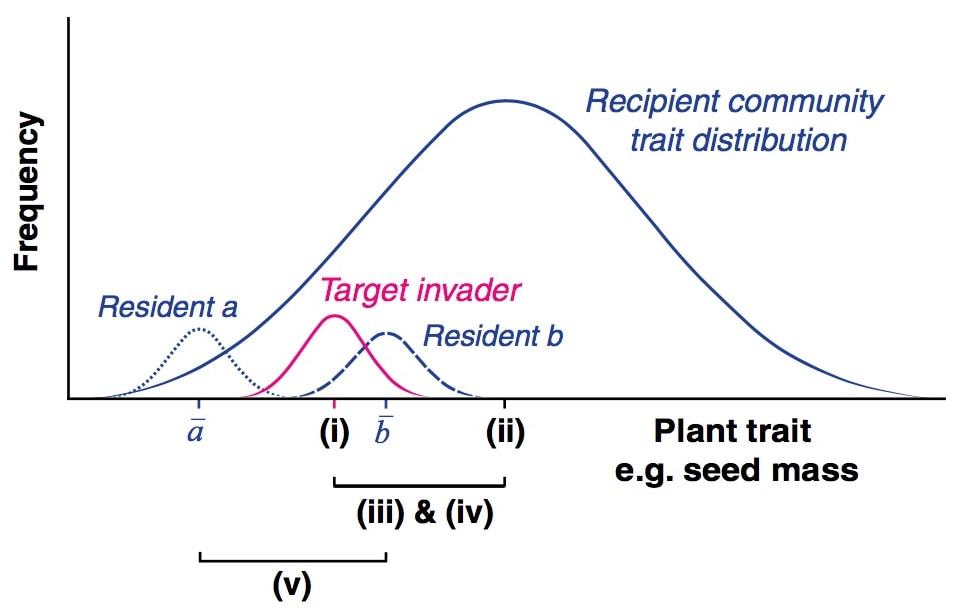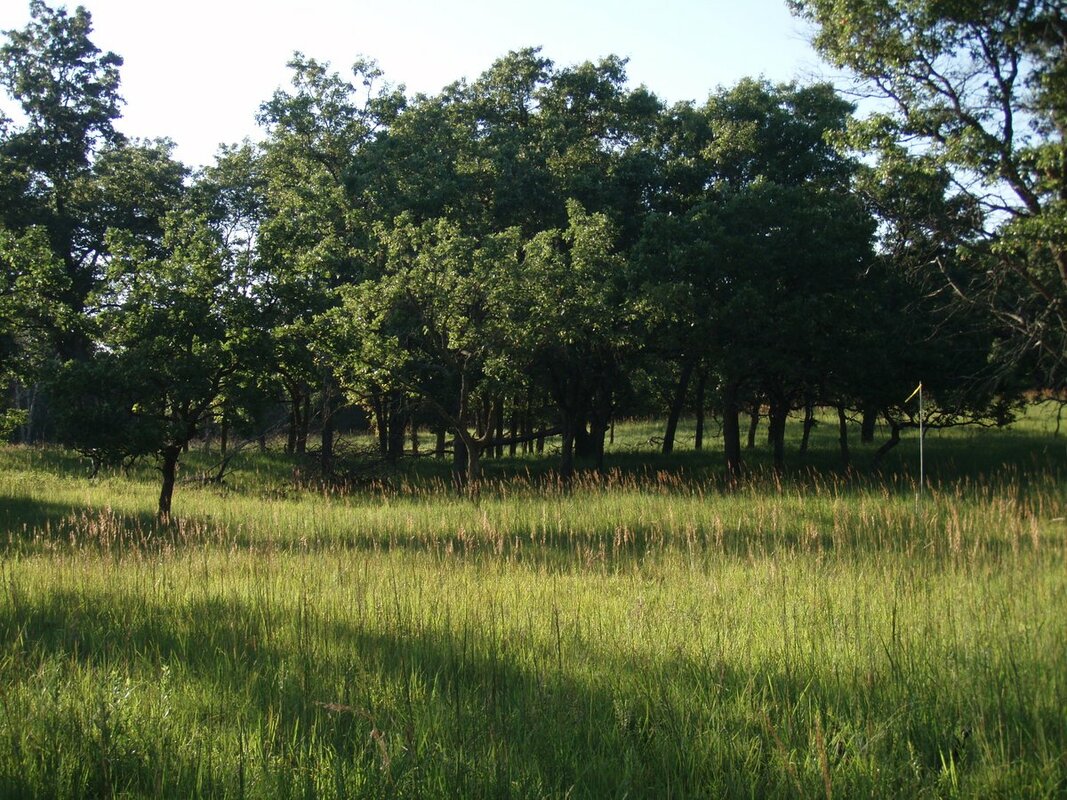Feb 2019: Ever wondered what traits make a plant species invasive? Is it small propagule size? High individual growth rate? Or just good old-fashioned height?
Jane Catford at Kings College London had pondered these questions. But she had also wondered: what makes a community invasible? And can we identify interactions between the traits of invaders and recipient communities that help explain biological invasions? To answer these questions, Jane and her team at Cedar Creek Ecosystem Science Reserve, Minnesota USA collected trait data from a plant community with 164 taxa, where 50 invasive species had been experimentally added in 1992.
I joined Jane's team in 2015 to lead the statistical modelling for this project. We analysed the data using multi-species, hierarchical generalised linear models. These models allowed us to analyse invasion as a process, incorporating data from all invaders into the same model, while allowing the response of each invader to vary across environmental gradients (access the code here).
Invader-community interactions changed over a 20 year period, showing that invasion is context-dependent and long-term experiments are required to comprehensively understand plant invasions. Check out the paper to see the full story.
Jane Catford at Kings College London had pondered these questions. But she had also wondered: what makes a community invasible? And can we identify interactions between the traits of invaders and recipient communities that help explain biological invasions? To answer these questions, Jane and her team at Cedar Creek Ecosystem Science Reserve, Minnesota USA collected trait data from a plant community with 164 taxa, where 50 invasive species had been experimentally added in 1992.
I joined Jane's team in 2015 to lead the statistical modelling for this project. We analysed the data using multi-species, hierarchical generalised linear models. These models allowed us to analyse invasion as a process, incorporating data from all invaders into the same model, while allowing the response of each invader to vary across environmental gradients (access the code here).
Invader-community interactions changed over a 20 year period, showing that invasion is context-dependent and long-term experiments are required to comprehensively understand plant invasions. Check out the paper to see the full story.
Catford JA, Smith AL, Wragg P, Clark AT, Kosmala M, Cavender-Bares J, Reich PB, Tilman D (2019). Traits linked with species invasiveness and community invasibility vary with time, stage and indicator of invasion in a long-term grassland experiment. Ecology Letters doi.org/10.1111/ele.13220.

